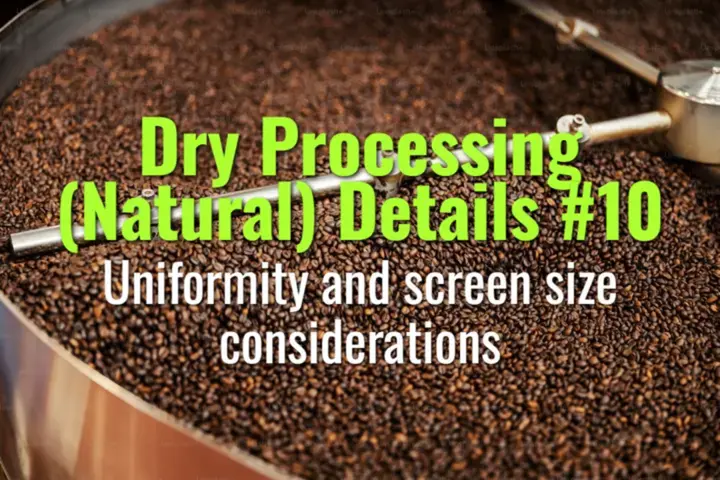
Uniformity and screen size considerations
This topic explains why uniformity and screen size are important in natural (dry) coffee processing, how they are managed, and their influence on cup quality and market grading.

This topic explains why uniformity and screen size are important in natural (dry) coffee processing, how they are managed, and their influence on cup quality and market grading.
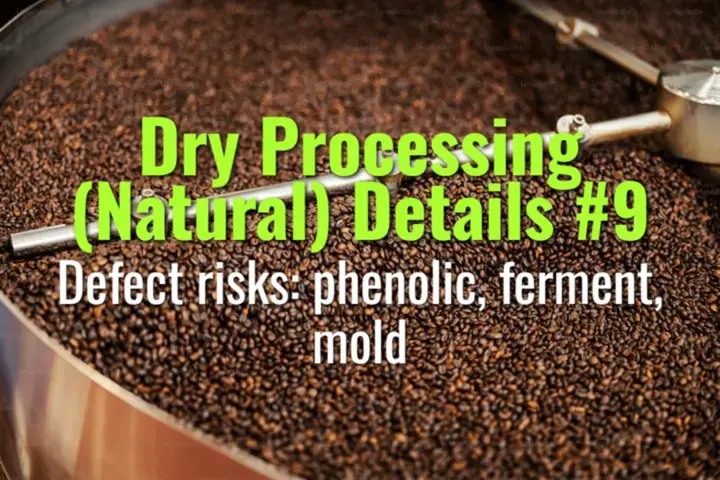
This topic explains the main defect risks in natural (dry) coffee processing—phenolic, ferment, and mold defects—how they arise, and strategies for prevention.
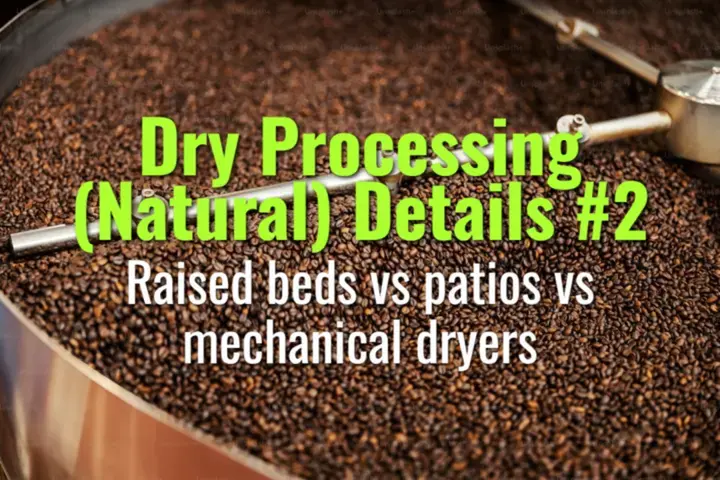
This topic explains the three main drying methods in natural coffee processing—raised beds, patios, and mechanical dryers—comparing their processes, advantages, challenges, and impacts on flavor quality.
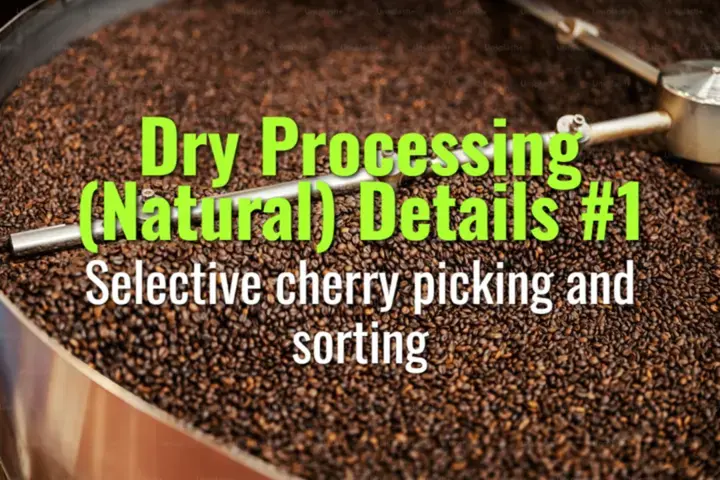
This topic explains the importance of selective cherry picking and sorting in natural (dry) coffee processing, and how these steps affect quality, consistency, and flavor.

This topic explains how quality checkpoints are established during washed coffee processing, and how cupping feedback connects processing practices to final flavor outcomes.
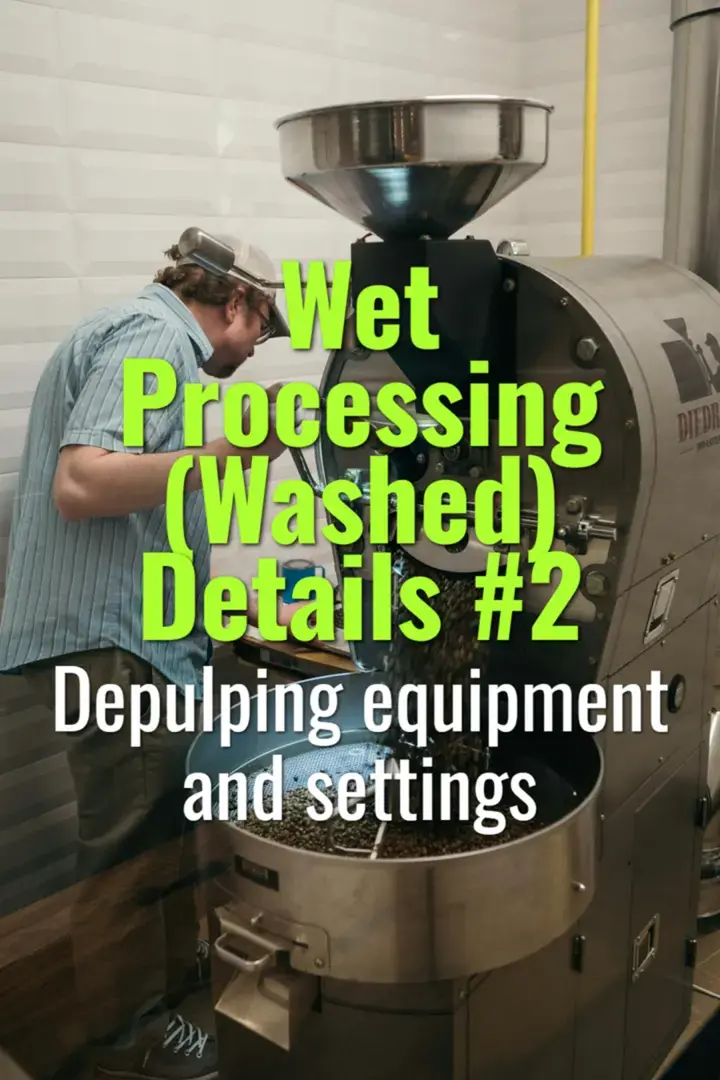
This topic covers the equipment and settings used in depulping coffee cherries, how the process works, and why calibration is essential for quality and efficiency in washed coffee processing.